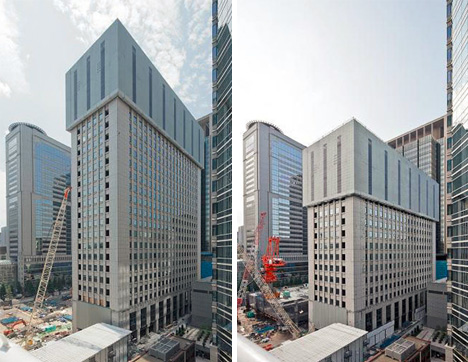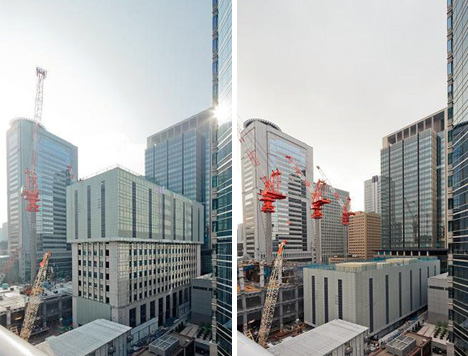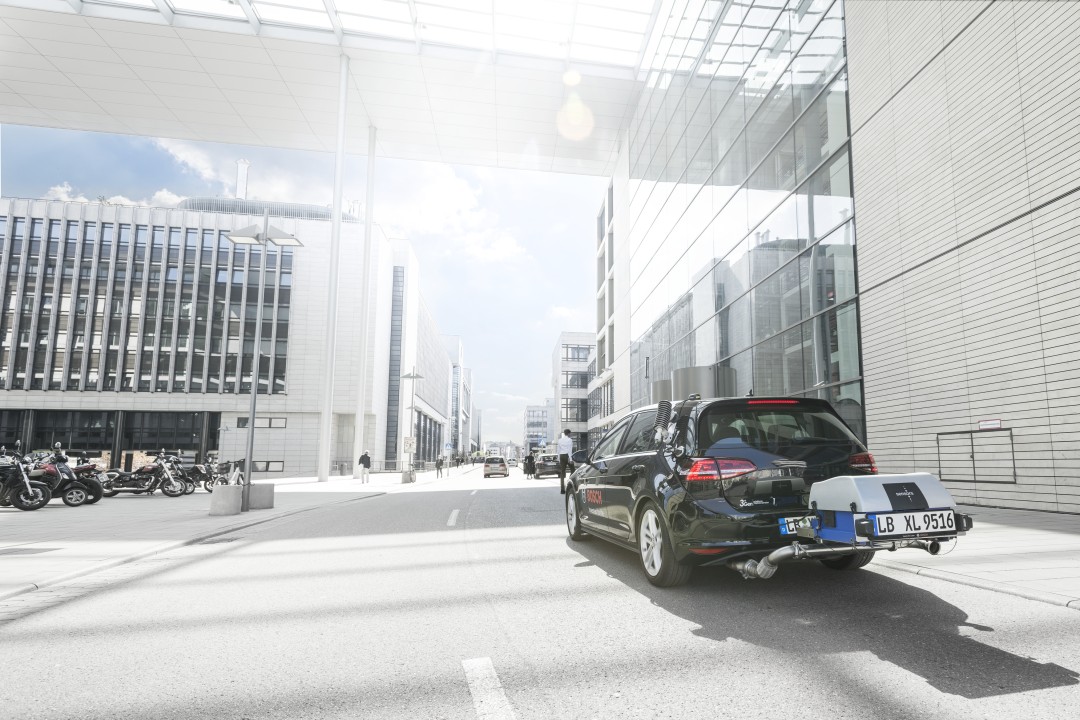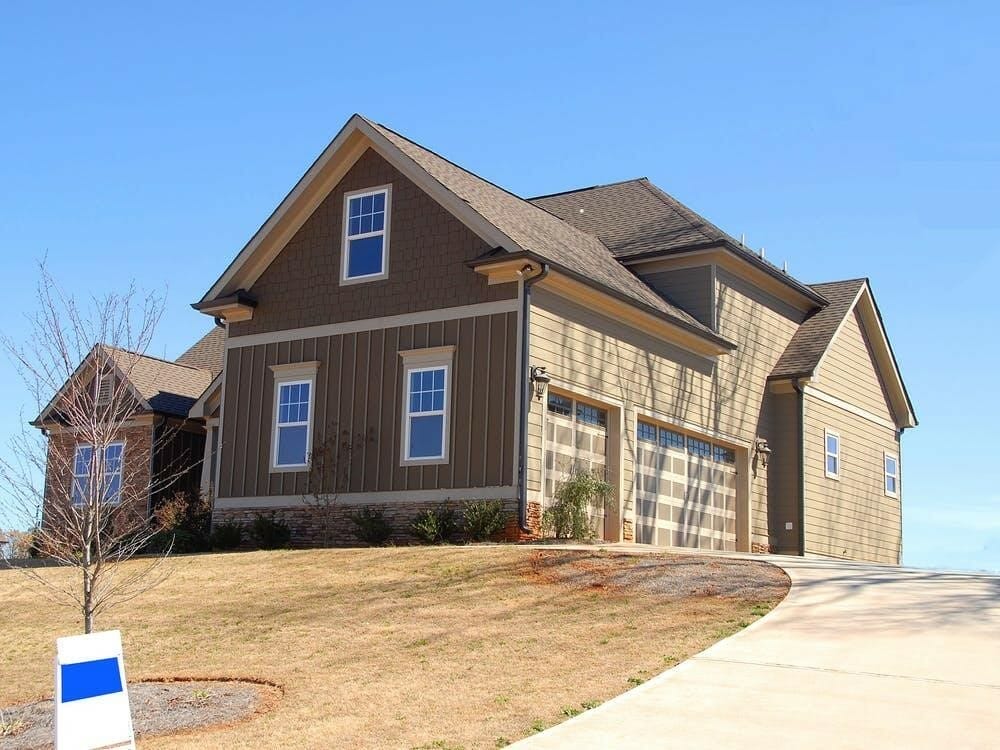Japanese Engineers are truly the best.
Traditional techniques when engineers come to demolish high-rise buildings can be categorized into three: implosion, or the inward violent bursting that allows the sequential elimination of structure supports; high-reach arm, or the demolition using a telescopic boom and a primary tool like crushers, shears, and hammers; and the crane and ball, which is a method wherein a wrecking ball is either dropped onto or swing into the structure.
A great issue with these methods is that they are not at all sustainable. Once the structures turn into rubbles, they are already practically useless. They also leave remarkable environmental effects which include dust and noise. Moreover, they could be unsafe.
To stay away from these negative impacts, a new demolition system for high-rise buildings is now being used in Japan. Called the Taisei’s Ecological Reproduction System or TECOREP, it is an unorthodox solution that is an elegant form of reverse engineering, successfully used in one 40-storey hotel in Tokyo.
When an onlooker at the street observes at how this system works over time, the building appears to be disassembled per floor. It doesn’t necessarily demolish the structure as what traditional systems do, but disintegrates it instead to reuse intact components and materials.
On the outside that’s what it is, but much of the work is on the inside of the system.
It starts from the top going down to the base. One crane assembles suspended scaffoldings so there will be no debris that will hit the ground. Openings on the slab are made for the temporary columns that hold the entire system to the building.


Another crane, placed on the ceiling, cuts and removes the building elements which can still be used, both structural and non-structural. They include the walls, concrete slab, columns, and beams. The process is repeated as the TECOREP is automatically jacked down to each level. An off-site control room monitors all the activities.

Not only does this system preserve members of the building, the power generated by that release of potential energy serves to generate electricity for the deconstruction efforts.
Perhaps its greatest downsides are cost and time. Compared to conventional demolition systems, this is uneconomical. It also takes a lot of time before it is accomplished. Nonetheless, the rewards are great – the utility of usable building elements and the preservation of the environment.
Japan is not the only one that has used this demolition system, but TECOREP is special to the country because it connects to their culture. The country is known to have politeness and public respect embedded in their values, which is emulated by this rather deferential abolishing of high-rise buildings.
Sources: Web Urbanist | CTBUH | The Balance

















